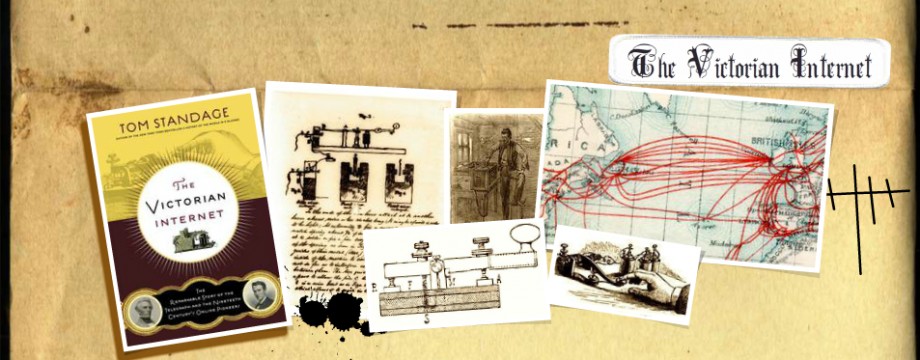By: Danielle
Claude Chappe (1763- 1805)
Claude was born in Brulon France, to a wealthy family on December 25th 1763. He chose to be a scientific researcher and was particularly interested in developing a system using electricity to rapidly send and receive information. Unable to crack the enigma of the electric signalling he began looking into other methods of sending and receiving messages across long distances. Claude and his brother Rene devised a coded system using black and white panels, specially designed clocks, telescopes, and code books. On March 2nd 1791, the brothers successfully sent, received and decoded a message over a distance of ten miles, in four minutes. After this successful test, Claude later refined his design using vertical and horizontal rotating bars. He sent the designs for his new system to the National Convention and petitioned them to study the military applications for his invention. The Convention funded the construction of three telegraph stations, in three towns, spanning a distance of twenty miles. On July 12, 1793 a message was sent from the first station to the last. It took eleven minutes for the message to be transmitted through the network to the third station, twenty miles away. The success of this experiment highlighted the potential of the telegraph in holding together the new French Republic. Claude Chappe was given a government salary and the government began constructing the Paris-Lille line of the French State Telegraph. Though professionally Chappe was heralded for his invention he became deeply depressed and committed suicide on January 23rd 1805. Sources: Standage, Tom. (2007). The Victorian Internet http://en.wikipedia.org/wiki/Claude_Chappe
Claude Chappe
By Saleh Aldharrab
This famous French inventor was born in Brulon, Sarthe, France on December 25, 1763. He died by committing suicide in a Paris hotel on January 23, 1805. Many people believe the suicide was the result of charges of plagiarism, which accused him of stealing his communication ideas from the French military. The family was a wealthy one and they were involved in the making of clocks. Claude Chappe and his four brothers developed a semaphore relay system for sending messages over long distances. Lucky for the family, one of the brothers worked in the government and so he was able to get money for the construction of their project. This money was used to build a system from Paris to Lille, which is a distance of about 195 kilometers. They built 15 stations about 20 kilometers apart from each other. One tower could see the message being sent from the next nearest tower in the daytime if they used telescopes. The first message was sent on March 2, 1791 over a distance of 15 kilometers. Chappe first wanted to name the new system the tachygraphe based on the Greek meaning for fast writer. A friend of him though suggested he called it the telegraph based on the idea of far writer.
This earliest of the telegraph system had some serious problems. Obviously messages could not be sent at night or in times of bad weather. Towers had to be very large and have some complicated moving parts, like the moving parts of a clock or watch. The basic design for a tower was a high tower with arms spreading out from it. The arms could change shape. Each different shape represented a different letter of the alphabet and by that method of changing the shape, messages could be sent over some long distances.
The diagram below is a clear demonstration of the working of the Chappe tower idea.
